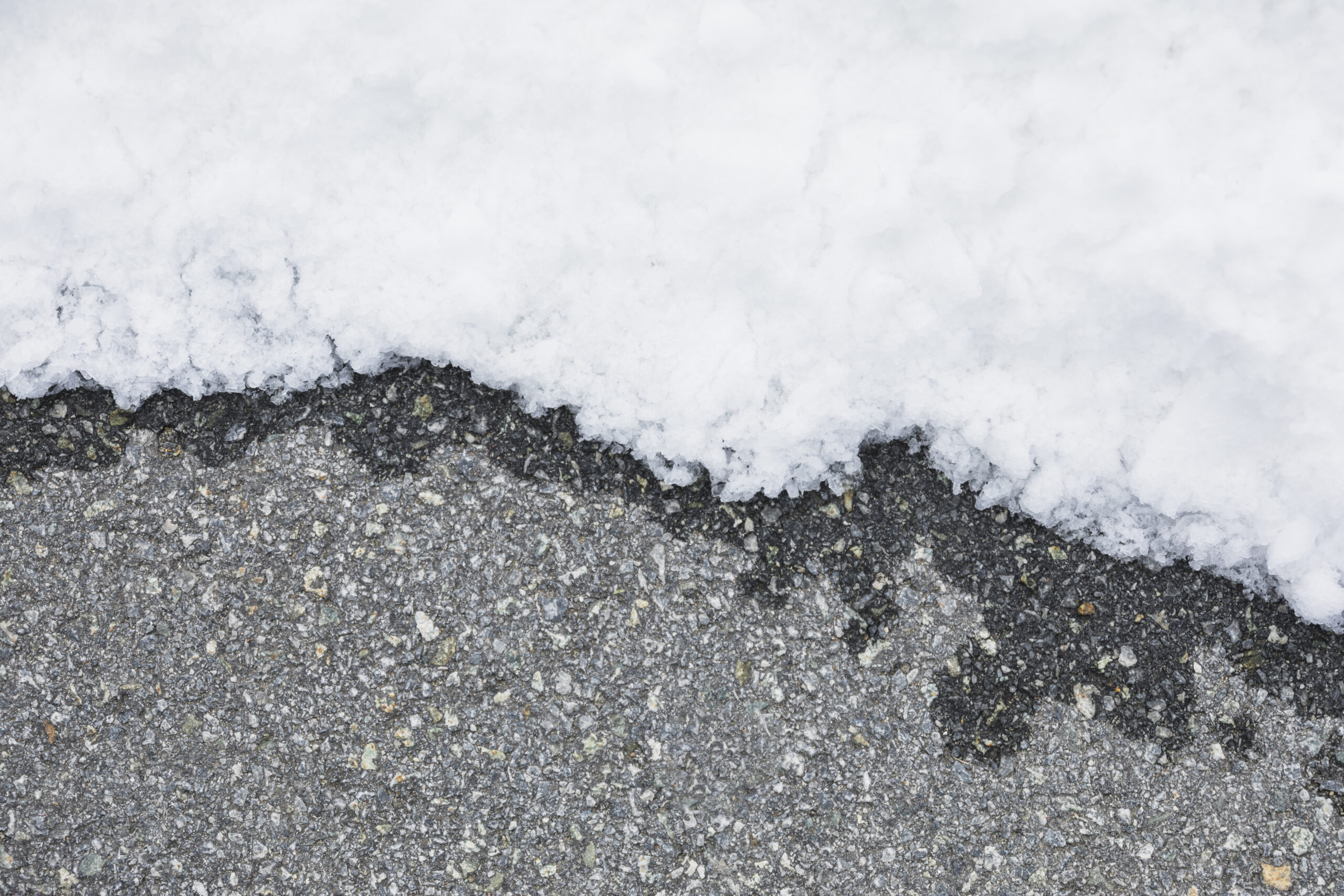Concrete Driveway Protection in Winter: How to Guard Against Frost Heave
Winter in Long Island, Brooklyn, and Queens can be beautiful but challenging for homeowners, especially when it comes to maintaining concrete driveways. Cold temperatures bring about a phenomenon called frost heave, which can cause significant damage to concrete surfaces, leading to cracks, unevenness, and costly repairs. Understanding how frost heave impacts your concrete driveway and knowing how to protect it can save you time, money, and stress during the winter months.
In this blog, we’ll dive into what frost heave is, why it poses a risk to your driveway, and the best ways to protect your concrete driveway from winter damage.
What is Frost Heave, and How Does It Affect Your Concrete Driveway?
Frost heave occurs when moisture in the soil beneath your concrete driveway freezes and expands. This expansion pushes the ground upward, which in turn lifts sections of the concrete, causing uneven surfaces, cracks, and fractures. Once the ground thaws, the concrete settles back down, but the repetitive freeze-thaw cycle over winter can weaken the integrity of the driveway, leading to significant damage. Frost heave is especially problematic in colder climates, and it can affect driveways, sidewalks, and foundations.
Why is Concrete Driveway Protection Essential in Winter?
Concrete driveways are particularly susceptible to frost heave because:
- Porous Surface: Concrete can absorb moisture, making it more vulnerable to the freeze-thaw cycle.
- Structural Impact: Affected driveways may crack and create hazards, impacting both the safety and appearance of your property.
- Expensive Repairs: Ignoring frost heave can result in costly repairs, or in severe cases, a full driveway replacement.
By taking a few protective measures, you can extend the life of your concrete driveway and avoid significant damage.
1. Seal Your Concrete Driveway Before Winter
Applying a high-quality concrete sealer before winter sets in is one of the best ways to protect your driveway from moisture infiltration. Sealants fill the small pores and cracks in the concrete, preventing water from entering and freezing within the surface. Choose a sealant specifically designed for freeze-thaw protection, as it will be more effective in preventing frost heave.
Tip: Apply the sealer in early fall, allowing enough time for it to cure before the first freeze. Repeat this process every few years for best results.
2. Ensure Proper Drainage Around the Driveway
Water pooling around the edges of your driveway can seep into the ground beneath, increasing the risk of frost heave. Improving drainage around the driveway allows water to flow away from the concrete, minimizing the amount of moisture that can penetrate beneath the surface.
Tip: Install drainage channels, gutters, or gravel-filled trenches to direct water away from the driveway and prevent pooling.
3. Avoid Using Salt on Your Driveway
While salt is commonly used to melt ice, it can be damaging to concrete surfaces. Salt speeds up the freeze-thaw cycle and causes surface deterioration, leading to cracks and spalling. Instead, opt for driveway-safe deicers or sand to improve traction without harming the concrete.
Tip: Calcium chloride or magnesium chloride deicers are less harsh than salt and safer for concrete driveways.
4. Consider Mudjacking for Sunken or Uneven Driveways
If your driveway has already been affected by frost heave or has started to sink or settle unevenly, mudjacking is an effective solution. Mudjacking is a process where a mixture of cement, sand, and water is pumped beneath the concrete to lift and level it back to its original position. This method restores stability to the driveway and reduces the risk of further frost heave damage.
Tip: Mudjacking is cost-effective compared to replacing the entire driveway and can be completed quickly, even in colder months, with the right equipment.
5. Insulate the Soil Around Your Driveway
Installing an insulating layer around the driveway can help reduce frost penetration in the soil beneath. For example, a layer of foam board or gravel placed beneath the concrete during installation can limit how deep frost penetrates, thereby reducing the likelihood of frost heave.
Tip: If you’re planning to install a new driveway, consider adding insulation materials in the sub-base to provide long-term protection against frost heave.
6. Fill Any Small Cracks Immediately
Even small cracks in your driveway can allow water to seep in, freeze, and expand, leading to larger cracks and further frost heave damage. Filling cracks as soon as they appear can prevent further moisture intrusion and limit the impact of freeze-thaw cycles.
Tip: Use a concrete repair caulk or epoxy to fill minor cracks, and check your driveway periodically throughout the winter.
Conclusion:
Protect Your Concrete Driveway from Winter’s Harsh Conditions Winter can be tough on concrete driveways, but taking preventive steps can make all the difference. By sealing the surface, maintaining good drainage, avoiding salt, and considering options like mudjacking, you can keep your driveway in top shape and minimize the risk of frost heave damage. At The Mudjacking Contractor, we’re here to help Long Island, Brooklyn, and Queens homeowners protect their driveways and foundations. With our professional mudjacking services, we can restore stability to any concrete surface affected by frost heave.
Contact Us for Concrete Driveway Repair
If frost heave has already caused issues with your concrete driveway, don’t wait until spring to address it. Contact The Mudjacking Contractor today for a free consultation on concrete driveway repairs and learn how we can help you safeguard your property all winter long.

